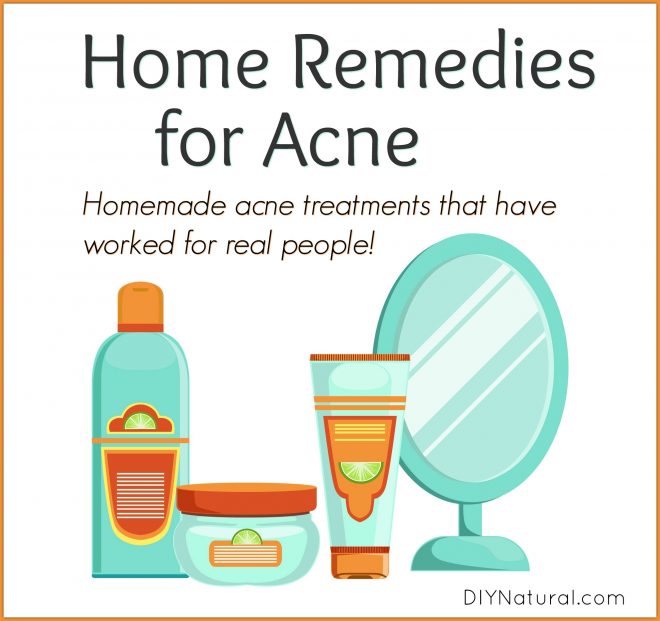
Home Remedies for Acne
I had problems with acne for years when I was growing up. Luckily it wasn’t cystic acne, but just breakouts and blackheads. Even at 53, I still have an occasional breakout.
Acne can be plain annoying; but I’ve developed a homemade acne treatment that helps take care of blemishes fast!
Start with Clean Skin
Most acne and blemishes are not a result of skin being dirty, but it does help to have a clean palette. Use a plain, mild soap and lather your hands well. Gently scrub with just your fingertips.
Don’t use an exfoliator brush or pad or even a washcloth at this point. Too much scrubbing will only irritate your skin, possibly making the situation worse. Rinse very well with clear water and pat dry.
Avoid popping pimples, which can cause scars. (Your Mom was right about this one!)
Using Colloidal Copper for Acne Prevention
I use a colloidal copper spray that comes in a fine mist sprayer. I mist my entire face, then allow it to dry. Copper is a mineral essential to producing collagen and helping retain moisture in your skin. It also helps oxygen flow in the skin. I notice that I have fewer breakouts and more healthy looking skin when I use it.
Homemade Acne Treatment
Acne usually has two visual problems: the actual acne pimple and the inflammation around it. Turmeric helps encourage healing and is a great anti-inflammatory remedy. Don’t overdo the amount as turmeric can yellow the skin. (This is only a temporary discoloration and is not permanent.)
Lavender is a great healing agent and will help to build new skin cells. Tea tree encourages healing from within, getting deep into the skin to fight any bacteria that is present.
The witch hazel is a skin toner, helping tighten pores, and the small amount of alcohol can help to dry out the pimple while helping to disperse the oils in the witch hazel.
Natural Remedy for Acne & Blemishes
Ingredients
- 1 teaspoon witch hazel (find it here or learn to make your own witch hazel)
- ¼ teaspoon alcohol – I use 40% vodka (optional if your witch hazel already contains alcohol)
- 10 drops tea tree essential oil (find pure tea tree EO here)*
- 10 drops lavender essential oil (find pure lavender EO here)*
- 5 drops turmeric essential oil (find pure turmeric EO here)*
- small glass roller ball bottle (preferably a dark roller bottle like this to protect the EOs from light)
*(See Essential Oils section below if alternative EOs are desired.)
Instructions
Add all ingredients to the roller ball bottle and shake well to combine. Label well and store away from heat and light.
To Use
Using this spot-treatment before you moisturize is best. Apply spot-treatment to problem areas and allow to dry. This gives the mixture enough time to soak in. Follow with your normal moisturizing routine.
Don’t Skip the Moisturizer
It seems counterintuitive to moisturize oily, acneic skin. BUT, oily skin doesn’t produce acne. Acne and pimples are produced by bacteria that forms when dead skin cells and oil get trapped at the base of a hair follicle. So yes, too much oil on the skin and not keeping it clean could make the problem worse, but they are not the cause.
Not using a moisturizer can cause your skin to produce more oil because it’s not getting enough, making the problem much worse. Our skin produces an oily substance called sebum, which helps to lubricate and protect our skin. In certain times, like pubescent years, pregnancy, and times of hormonal changes, your skin can produce a lot more sebum than usual. This can get clogged in the pores, leading to pimples.
Blackheads are caused by clogged pores turning a darker color. These can turn into whiteheads if bacteria develops. You can combat blackheads with our Simple, Effective Blackhead Removing Facial Mask.
Alternative Essential Oils for Acne
For some people, lavender and tea tree can sting a bit or cause nasal allergy problems. Here are a few alternative essential oils that can be used:
- Chamomile essential oil
- Grapefruit essential oil
- Rosemary essential oil
- Rose Geranium essential oil
- Clary Sage essential oil
- Cypress essential oil
- Frankincense essential oil
(Find all of these pure essential oils here.)
While some of these essential oils can be used undiluted on the skin, it is recommended that these all be diluted in the case of blemish treatment so that skin isn’t irritated any more than it already is.
Have you used a homemade acne treatment? If so, let us know how it worked!
*******
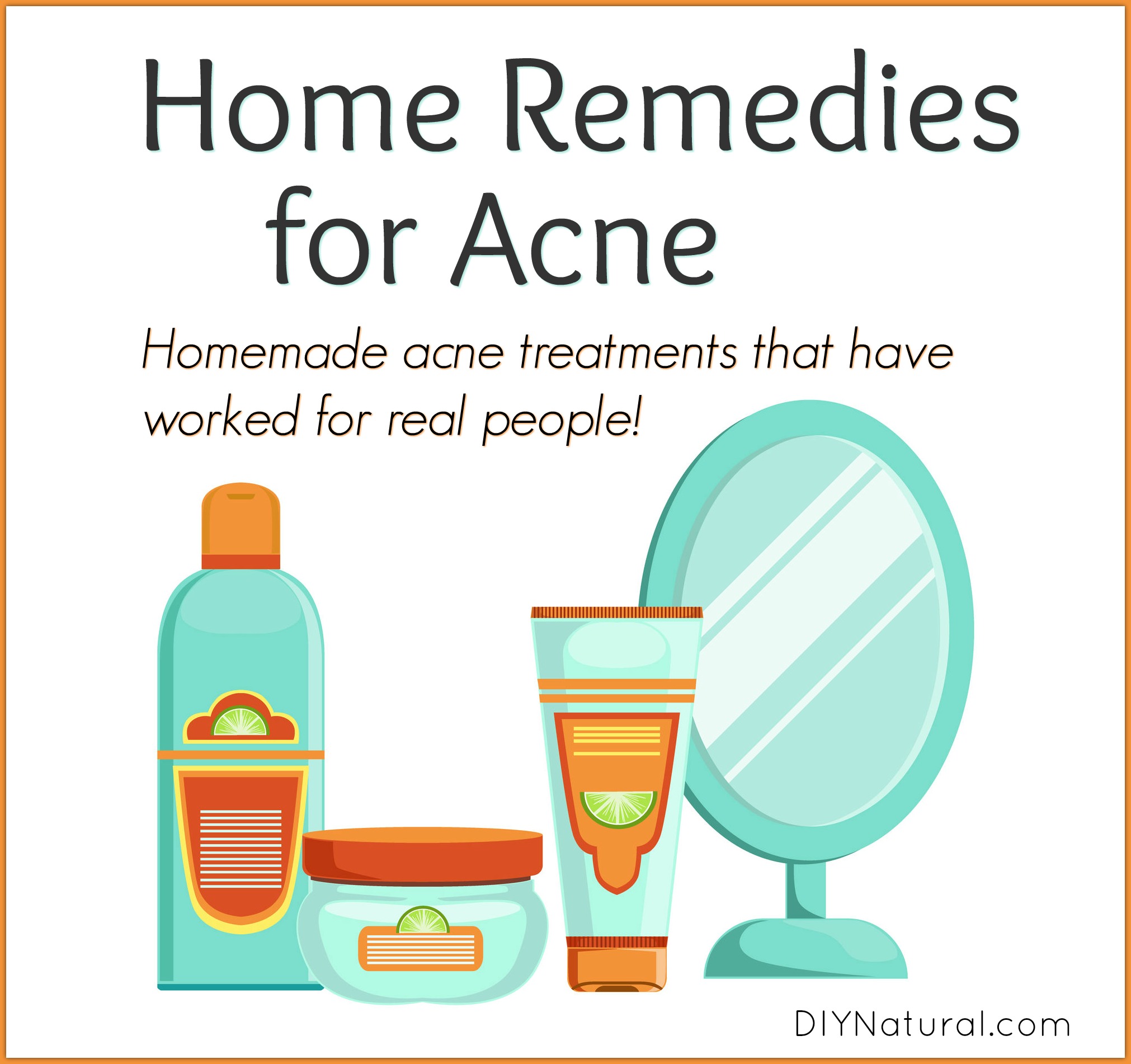
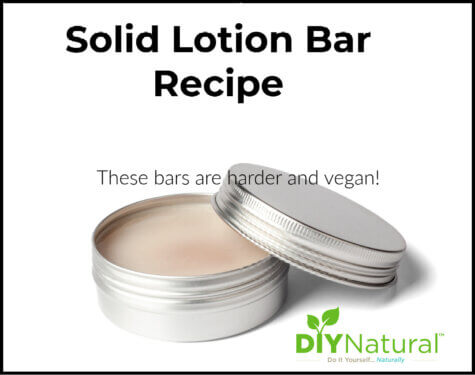
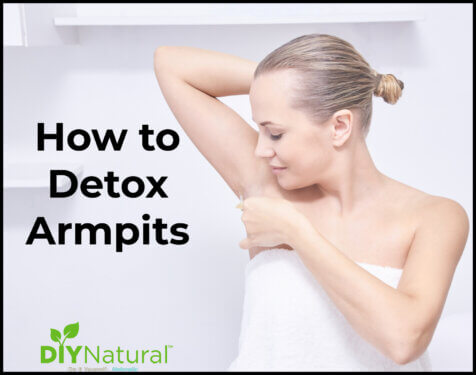
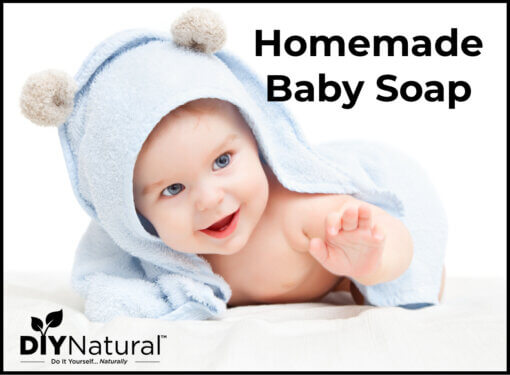
Hi,
As a licensed esthetician, allow me to correct you on this!
Blackheads and whiteheads are actually comedones; hair follicles (pores) that are filled with plugs of sebum, keratin, and sloughed-off cells. There are two kinds of comedones; open and closed.
A blackhead is an open comedone – follicles that have a wider than normal opening and have undergone a chemical reaction resulting in oxidation which gives the material in the follicle the typical black color.
A whitehead is a closed comedone – follicles that are filled with the same material as blackheads but have only a microscopic opening to the skin surface. Since the air cannot reach the follicle, the material is not oxidized and remains white. Blackheads DO NOT turn into whiteheads if bacteria develops.
There is much more that goes on with regard to the causes and treatments of acne but putting out the correct information is what’s important for your readership.